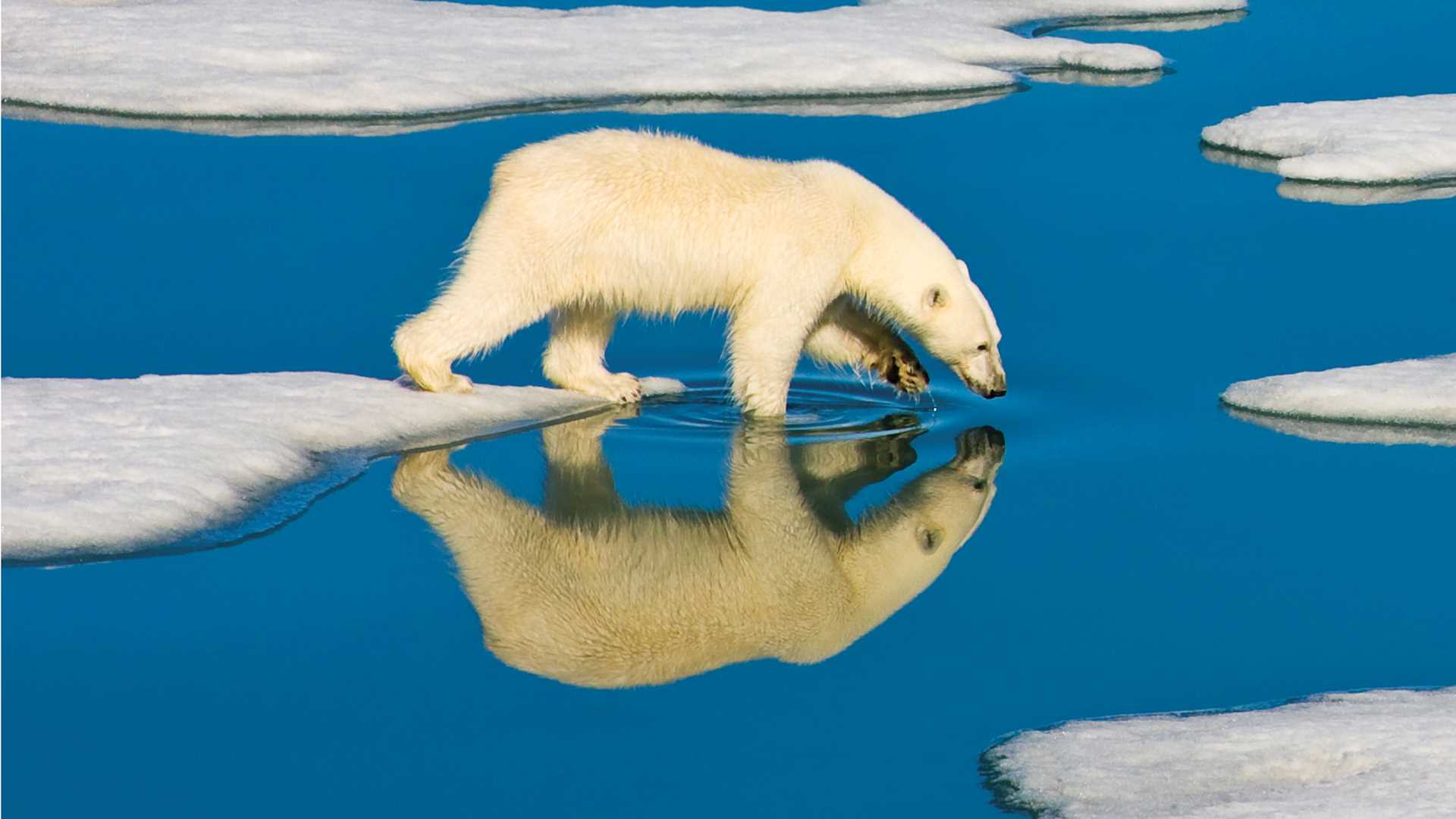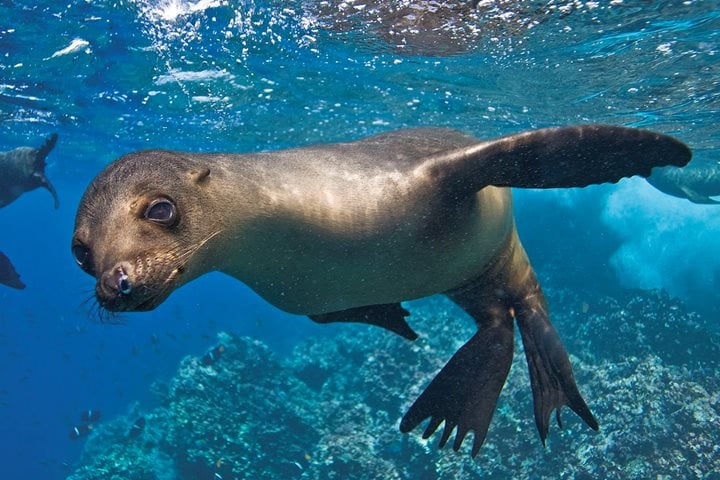As few as 150,000 years ago—recent by biology standards—polar bears evolved from their brown bear cousins and quickly adapted to the harsh northern climate. With enhanced hunting abilities, seemingly white fur (it’s actually clear, but some cool optical tricks make it look white) to camouflage them in their icy environment, and black skin to soak in the sun’s rays, polar bears are the Arctic’s apex predator.
Get Inspired By Photos, Videos, Webinars, Stories, And Exclusive Offers.
Sign Up
Classified as marine mammals, polar bears spend about 10 to 20 percent of their day in the water hunting their favorite food, ringed seals, for their calorie-loaded blubber. The bears will track the seals to where they lay hauled-out on the ice or to their breathing holes and then patiently wait—sometimes for several days—for the right moment to attack.
Unfortunately, the sea ice they depend on to hunt is being lost, and as the only fully carnivorous bear in the world they may not be able to adapt quickly enough to find other sources of food. On an Arctic visit in 1899, John Muir is believed to have said that polar bears moved over the frozen terrain “as if the country had belonged to them always.” Today, that remains to be seen.
Scroll for more facts about the king of the Arctic.








